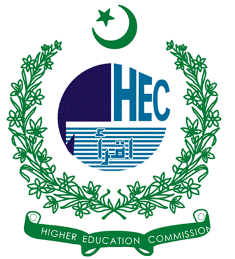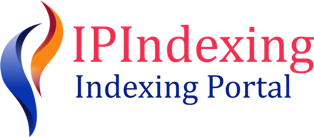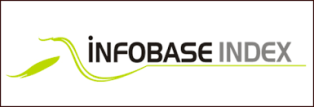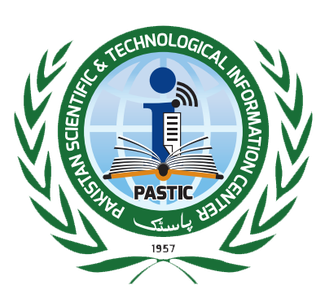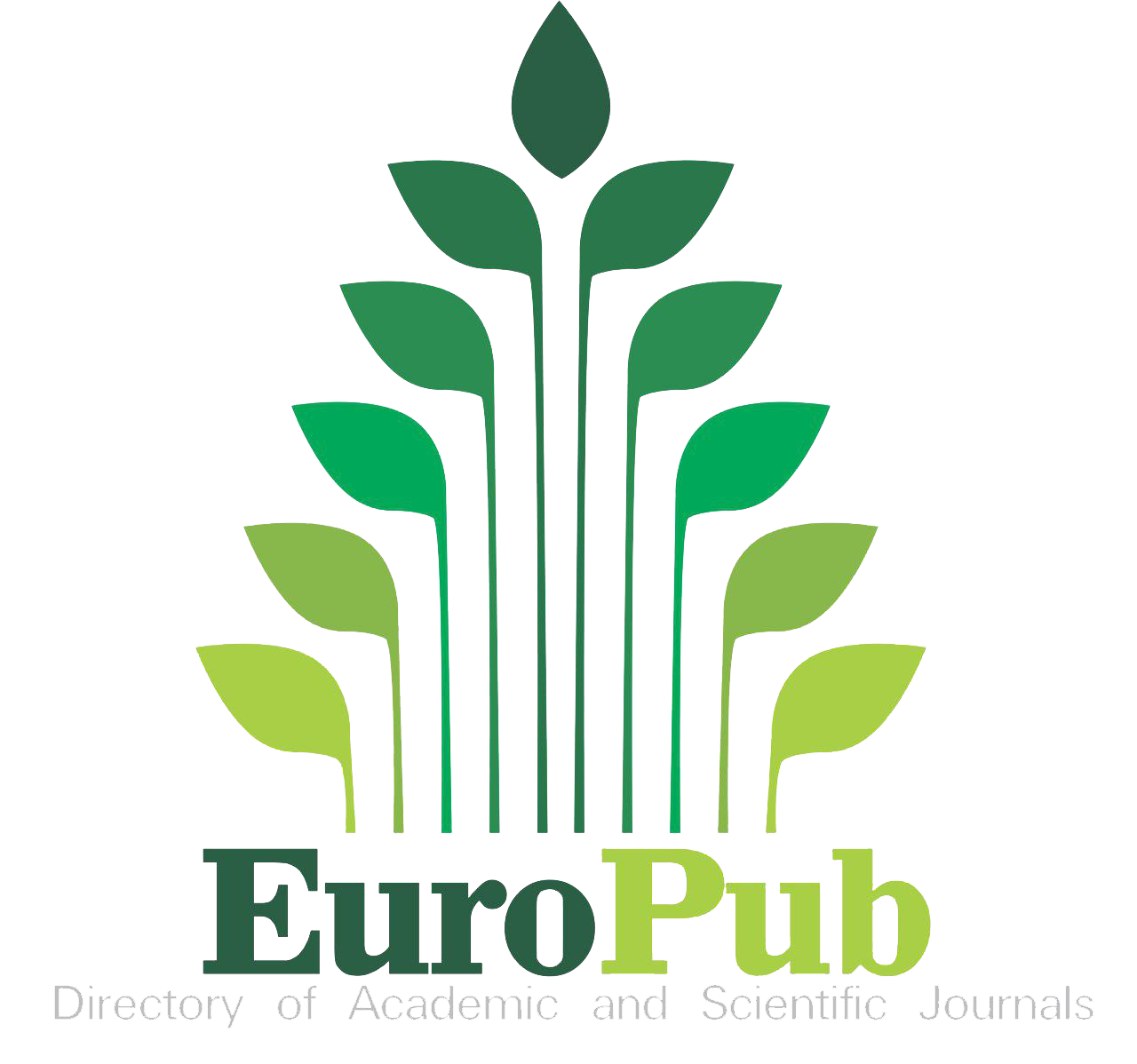Bridging Global Frameworks and Local Realities: Towards Localizing the City Essentials Approach in Pakistan’s Urban Planning Systems
Keywords:
Urban Resilience, City Essentials Approach, UNDRR, Institutional Capacity, Urban Governance, PakistanAbstract
Cities across the Global South are increasingly exposed to compound and cascading risks—ranging from climate-induced disasters to governance, infrastructure, and institutional failures. Global frameworks such as the UNDRR Making Cities Resilient 2030 (MCR2030) Campaign, the City Resilience Index (CRI), UN-Habitat’s City Resilience Profiling Tool (CRPT), and the ISO 37123 Indicators for Resilient Cities have collectively redefined resilience as a governance-driven, system-wide process. However, their translation into the planning and institutional realities of developing countries remains partial and fragmented. This paper bridges these global frameworks with local contexts through a comparative synthesis that identifies areas of convergence—such as governance, preparedness, and coordination—and divergence in adaptability, innovation, and modularity. Focusing on Pakistan as a representative case, the study examines how the City Essentials Approach under MCR2030 can be embedded within national and local urban planning systems to operationalize resilience. Findings from the comparative review reveal that frameworks like MCR2030 and LGSAT align with Pakistan’s disaster management architecture (NDMA–PDMA), while data-intensive tools such as CRI and ISO 37123 remain constrained by limited institutional capacity. The paper proposes the City Essentials Localization Pathway (CELP) as a conceptual bridge to integrate global principles into local governance, enabling performance-based resilience assessment, policy coherence, and data-driven decision-making within Pakistan’s urban systems.
References
“World Urbanization Prospects.” Accessed: Oct. 16, 2025. [Online]. Available: https://population.un.org/wup/
“Investing in urban resilience : protecting and promoting development in a changing World.” Accessed: Oct. 16, 2025. [Online]. Available: https://documents.worldbank.org/en/publication/documents-reports/documentdetail/739421477305141142
S. I. Note, “Strengthening the New Urban Agenda to accelerate the achievement of the Sustainable Development Goals,” High-level Meet. Implement. New Urban Agenda, 2022, [Online]. Available: https://www.un.org/pga/76/wp-content/uploads/sites/101/2022/04/HLTD-on-NUA-Information-Note-1.pdf
Y. Y. Ayyoob Sharifi, “Principles and criteria for assessing urban energy resilience: A literature review,” Renew. Sustain. Energy Rev., vol. 60, pp. 1654–1677, 2016, doi: https://doi.org/10.1016/j.rser.2016.03.028.
“Hyogo Framework for Action 2005-2015: Building the resilience of nations and communities to disasters - full text | UNDRR.” Accessed: Oct. 16, 2025. [Online]. Available: https://www.undrr.org/publication/hyogo-framework-action-2005-2015-building-resilience-nations-and-communities-disasters
U. Nations, “Making Cities Resilient Report 2012: My City is Getting Ready! A Global Snapshot of How Local Governments Reduce Disaster Risk,” Mak. Cities Resilient Rep., Jan. 2013, doi: 10.18356/2730230C-EN.
H. J. Neha Kanwal, “Mainstreaming Climate Change into Development Planning in Pakistan: Key Barriers and Way Forward,” Qlantic J. Soc. Sci., vol. 6, no. 1, pp. 442–453, 2025, doi: https://doi.org/10.55737/qjss.vi-i.25337.
K. Sagar, “Integrating Disaster Risk Reduction and Urban Planning: Evidence from Class III City-Rajgir, India,” Int. J. Adv. Res. Innov. Ideas Educ., vol. 3, no. 1, pp. 237–252, 2017, [Online]. Available: https://www.researchgate.net/publication/312159333_Integrating_Disaster_Risk_Reduction_and_Urban_Planning_Evidence_from_Class_III_City-Rajgir_India
“Flood Resilient Shelter in Pakistan Phase 2: Evidence-Based Research,” International Organisation for Migration. Accessed: Oct. 16, 2025. [Online]. Available: https://pakistan.iom.int/sites/g/files/tmzbdl1121/files/documents/flood-resilient-shelter-in-pakistan-report_0.pdf
D. Simon, C. Griffith, and H. Nagendra, “Rethinking Urban Sustainability and Resilience,” Urban Planet, pp. 149–162, May 2018, doi: 10.1017/9781316647554.009.
“Pakistan 2025: One Nation, One Vision | ADB’s Law and Policy Reform Program.” Accessed: Oct. 16, 2025. [Online]. Available: https://lpr.adb.org/resource/pakistan-2025-one-nation-one-vision
Government of Pakistan, “National Disaster Management Plan (NDMP),” 2025, [Online]. Available: https://www.ndma.gov.pk/storage/plans/March2025/sps3g997GvbYIOEpwvKw.pdf
A. Ishtiaque, “Multilevel governance in climate change adaptation: Conceptual clarification and future outlook,” Clim. Chang. Extrem. Events, 2021, doi: 10.1016/B978-0-12-822700-8.00009-3.
“Sendai Framework for Disaster Risk Reduction 2015-2030,” Hum. Rights Doc. Online, 2015, doi: 10.1163/2210-7975_HRD-9813-2015016.
S. Meerow, J. P. Newell, and M. Stults, “Defining urban resilience: A review,” Landsc. Urban Plan., vol. 147, pp. 38–49, 2016, doi: https://doi.org/10.1016/j.landurbplan.2015.11.011.
“City Resilience Index - Arup.” Accessed: Oct. 16, 2025. [Online]. Available: https://www.arup.com/insights/city-resilience-index/
UN-Habitat, “The Resilience City Action Plan Framework. Nairobi: United Nations Human Settlements Programme (UN-Habitat),” Max Planck Encycl. Public Int. Law, Jun. 2020, doi: 10.1093/LAW:EPIL/9780199231690/E1715.
Y. Z. Ting Wang, Tingbao Xu, Zhiqiang Wang, Huimin Wang, Jinle Kang, Lei Qiu, Shi Xue, Zhou Fang, “Where do resilient cities grow? Exploring the pathways and mechanisms of resilience development,” Sustain. Cities Soc., vol. 133, p. 106856, 2025, doi: https://doi.org/10.1016/j.scs.2025.106856.
Ayyoob Sharifi, “Urban Resilience Assessment: Mapping Knowledge Structure and Trends,” Sustainability, vol. 12, no. 15, p. 5918, 2020, doi: https://doi.org/10.3390/su12155918.
J. J. W. Lorenzo Chelleri, “Resilience trade-offs: addressing multiple scales and temporal aspects of urban resilience,” Environ. Urban., vol. 27, no. 1, pp. 181–198, 2025, doi: https://doi.org/10.1177/0956247814550780.
Y. Jabareen, “Planning the resilient city: Concepts and strategies for coping with climate change and environmental risk,” Cities, vol. 31, pp. 220–229, 2013, doi: https://doi.org/10.1016/j.cities.2012.05.004.
United Nations, “Local government self-assessment tool for disaster resilience,” Mak. Cities Resilient Rep. , pp. 93–97, Jan. 2013, doi: 10.18356/BDB11B1B-EN.
“ISO 37123:2019 - Sustainable cities and communities — Indicators for resilient cities.” Accessed: Oct. 16, 2025. [Online]. Available: https://www.iso.org/standard/70428.html
2022, “National Disaster Management Authority of Pakistan,” Flood Response Plan 2022, [Online]. Available: http://www.ndma.gov.pk/
“Making Cities Resilient 2030.” Accessed: Oct. 16, 2025. [Online]. Available: https://mcr2030.undrr.org/
“Punjab Spatial Strategy (PSS / Punjab Spatial Strategy 2018–2040)”, [Online]. Available: https://urbanunit.gov.pk/Download/publications/Files/11/2021/Punjab Spatial Strategy.pdf
A. Deb and H. Sultana, “Urban resilience: Assessment of performance and science mapping from a climate change perspective,” Sustain. Environ., vol. 10, no. 1, 2024, [Online]. Available: https://www.tandfonline.com/doi/pdf/10.1080/27658511.2024.2388936
“Master Plan for Lahore Volume 2,” Lahore Development Authority. Accessed: Oct. 16, 2025. [Online]. Available: https://lda.gop.pk/website/page.php?p=TXpNNE53PT0=
J. C. Vangelis Pitidis, “Catalysing governance transformations through urban resilience implementation: The case of Thessaloniki, Greece,” Cities, vol. 107, p. 102934, 2020, doi: https://doi.org/10.1016/j.cities.2020.102934.
S. E. Amina Aitsi-Selmi, “The Sendai Framework for Disaster Risk Reduction: Renewing the Global Commitment to People’s Resilience, Health, and Well-being,” Int. J. Disaster Risk Sci., vol. 6, pp. 164–176, 2015, doi: https://doi.org/10.1007/s13753-015-0050-9.
P. Albrito, “Local level implementation of the Sendai Framework for Disaster Risk Reduction 2015–2030,” Int. J. Disaster Risk Reduct., vol. 31, pp. 1307–1308, 2018, doi: https://doi.org/10.1016/j.ijdrr.2017.12.005.
B. Wisner, J. C. Gaillard, and I. Kelman, “Handbook of hazards and disaster risk reduction,” Handb. Hazards Disaster Risk Reduct., pp. 1–875, Mar. 2012, doi: 10.4324/9780203844236/HANDBOOK-HAZARDS-DISASTER-RISK-REDUCTION-BEN-WISNER-GAILLARD-ILAN-KELMAN/RIGHTS-AND-PERMISSIONS.
“City Resilience Framework | Resilient Cities Network.” Accessed: Oct. 16, 2025. [Online]. Available: https://resilientcitiesnetwork.org/city-resilience-framework/
A. Sharifi, “A critical review of selected tools for assessing community resilience,” Ecol. Indic., vol. 69, pp. 629–647, 2016, doi: https://doi.org/10.1016/j.ecolind.2016.05.023.
W. Martin, “United Nations Human Settlements Programme (UN-HABITAT),” Max Planck Encycl. Public Int. Law, Jun. 2007, doi: 10.1093/LAW:EPIL/9780199231690/E1715.
A. Bozza, D. Asprone, and G. Manfredi, “Developing an integrated framework to quantify resilience of urban systems against disasters,” Nat. Hazards, vol. 78, no. 3, pp. 1729–1748, Sep. 2015, doi: 10.1007/S11069-015-1798-3/METRICS.
J. Linnerooth-Bayer, R. Mechler, and S. Hochrainer, “Insurance against Losses from Natural Disasters in Developing Countries. Evidence, Gaps and the Way Forward,” IDRiM J., vol. 1, no. 1, pp. 59–81, 2011, [Online]. Available: https://www.idrimjournal.com/article/11721-insurance-against-losses-from-natural-disasters-in-developing-countries-evidence-gaps-and-the-way-forward
GFDRR (Global Facility for Disaster Reduction and Recovery), “Data-Driven Decision Making in Smart Cities for Sustainable Urban Development,” world bank group. Accessed: Oct. 16, 2025. [Online]. Available: https://www.researchgate.net/publication/389356954_Data-Driven_Decision_Making_in_Smart_Cities_for_Sustainable_Urban_Development
“Resilient Cities Action Package - ICLEI.” Accessed: Oct. 16, 2025. [Online]. Available: https://iclei.org/activity/resilient-cities-action-package/
J. K. Rana, I. A., & Routray, “Disaster risk reduction approaches in Pakistan: Lessons and challenges,” Int. J. Disaster Risk Reduct., vol. 21, pp. 620–630, 2017, doi: 10.1007/978-4-431-55369-4.
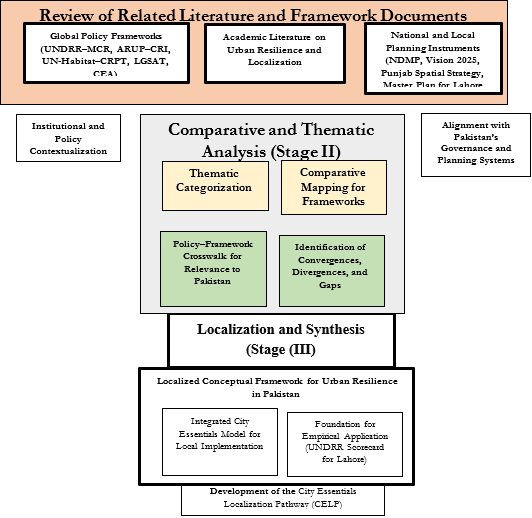
Downloads
Published
How to Cite
Issue
Section
License
Copyright (c) 2025 50sea

This work is licensed under a Creative Commons Attribution 4.0 International License.

